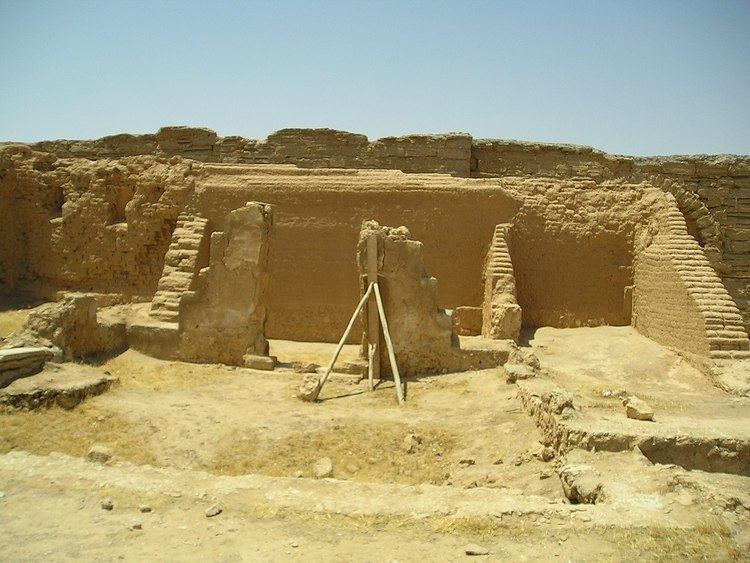 | ||
Similar Dura‑Europos synagogue, Santa Costanza, Catacombs of Marcellin, Old St Peter's Basilica, Basilica of Saint‑Pierre‑aux‑Nonnains | ||
The Dura-Europos church (also known as the Dura-Europos house church) is the earliest identified Christian house church. It is located in Dura-Europos in Syria. It is one of the earliest known Christian churches, and was apparently a normal domestic house converted for worship some time between 233 and 256, when the town was abandoned after conquest by the Persians. It is less famous, smaller, and more modestly decorated than the nearby Dura Europos synagogue, though there are many other similarities between them.
Contents
Although the fate of the church structure is unknown after occupation by ISIS, its famous frescos were removed after discovery and are now preserved at Yale University Art Gallery.
History
The site of Dura-Europos, a former city and walled fortification, was excavated largely in the 1920s and 1930s by French and American teams. Within the archaeological site, the house church is located by the 17th tower and preserved by the same defensive fill that saved the nearby Dura-Europos synagogue.
The building consists of a house conjoined to a separate hall-like room, which functioned as the meeting room for the church. The surviving frescoes of the room serving as the baptistry are probably the most ancient Christian paintings. The "Good Shepherd", the "Healing of the paralytic" and "Christ and Peter walking on the water" are considered the earliest depictions of Jesus Christ.
A much larger fresco depicts three women (the third mostly lost) approaching a large sarcophagus. This most likely depicts the three Marys visiting Christ's tomb. There were also frescoes of Adam and Eve as well as David and Goliath. The frescoes clearly followed the Hellenistic Jewish iconographic tradition, but they are more crudely done than the paintings of the nearby Dura-Europos synagogue.
Fragments of parchment scrolls with Hebrew texts have also been unearthed; they resisted meaningful translation until J.L. Teicher pointed out that they were Christian Eucharistic prayers, so closely connected with the prayers in Didache that he was able to fill lacunae in the light of the Didache text.
In 1933, among fragments of text recovered from the town dump outside the Palmyrene Gate, a fragmentary text was unearthed from an unknown Greek harmony of the gospel accounts. It was comparable to Tatian's Diatessaron, but independent of it.
